Here we dissect a failed 5.5w ES Led Lamp to see what is inside. This Led Bulb has a 5.5 watt rating at 230 – 240 volts and is designed to replace a conventional filament light bulb of 55 watts. Whilst the light output from this Led Bulb was usable, its lamp life certainly was not, and this lamp failed after just four months of domestic use in a normal household environment, I also purchased another lamp from the same supplier which failed after just two weeks of use!.
This is why I decided to take one apart and see exactly what failed. This lamp is branded Home Led and was sold by Homeleduk via their Ebay shop.
Below, we have an image of the original packaging containing the Led Bulb, as you can see marketing plays a big part in selling these led bulbs, especially as even the cheapest ones are sold at a premium price compared to filament and Cfl lamps and a single branded Led Bulb can cost over £25 each!. In this example, the 80% energy saving, and its (alleged) 10x life compared to conventional lamps are evident from its outer box.
The promises of the extended life which LED Bulbs are supposed to provide, continues on the other side of the packaging, here we also see claims that the 5.5 watt led bulb within offers a comparable light output to a 55w filament lamp at 580 lm of light output.
In my experience the boasts of 15 years / 25,000 hours lamp life were greatly exaggerated, largely because this particular led bulb lasted just Four Months in normal everyday household use!. Which is very disappointing for a product which costs more than ten times than the conventional light bulb it is supposed to replace, and even the old technology offered by a filament lamp would give 1000 to 2000 hours of service.
Next we remove the 5.5w E27 Led Bulb from its packaging. The lamp casing appears well constructed and the Led Chip Matrix consisting of a total of 36 SMD Led Chips is protected by a polycarbonate top cover with tiny holes around the top to aid ventilation.
Next, the photo shows the led bulb disassembled down into its main individual parts. We have a hollow plastic E27 Edison screw base, which houses a small round circuit board which contains seven components and converts the 230 – 240 mains voltage down to the reduced voltage and constant current required to drive the LED matrix. The Polycarbonate top simply glues onto the base and protects the electronics and also the consumer from shock hazard.
Next we show the Led Matrix ‘lighthouse’ featuring clusters of warm white led’s which emits the light. There are a total of 36x plcc-6 smd Led’s within the matrix, consisting of 6 small pcbs around the outside with each having 5 led’s per circuit board. The final 6 led’s are located on a top mounted pcb.
The box advises a warm white temperature of 2700k, however when the lamp was working it was much whiter and cooler than a Cfl or halogen lamp. But this is not unusual with Led based bulbs.
In the picture you can also see that one of the Led chips has blown (second from right) and contains two dark dots where two of three chips inside the Led have failed and burned out.
Next is the heart of the led bulb, its driver circuit. This round PCB contains just seven basic components, consisting of a 1uf 400v electrolytic capacitor, a 0.9uf 400v Polycarbonate Capacitor, a 800v bridge rectifier and a couple of resistors. Non of the components are from well known manufacturers.
Unusually for products made in China, this circuit does contain some internal protection, in the form of small glass axial fuse which is inline with the 240v input and just visible on the far left of the photo. In this led lamp the fuse has failed, perhaps as a result of a component failure on this PCB or the blown led chip on the matrix.
Unfortunately in this design there doesn’t appear to be any surge suppression on this driver pcb, which is generally considered crucial for mains based Led lamps and would normally be in place to protect the delicate led chips from a voltage surge caused by sudden mains grid fluctuation or the lamp simply being switched on and the capacitors charging, and I suspect that this is what caused the led chip to blow.
Its a shame that a simple single component addition could have prevented this led bulb from failing after just four months of service, but cost is a big issue with mass production out in the Far East.
When I repair this led lamp, I will not only be replacing the blown led chip and fuse, but I will also be replacing the Electrolytic cap with a branded alternative, and fitting surge protection, perhaps this way I will stand a better chance of getting close to the advertised 25,000 hour service life.
But for those who are unable to repair and upgrade the components within their Led bulbs, this perhaps stands as a cautionary tale, that a lot of Led lamps are simply not yet a reliable means of replacing conventional light bulbs and Cfl’s and some are certainly not worth the premium prices they are sold for, and will not even come close to paying back their original purchase cost in the energy that they save, if they are failing after just a few short months of use.
Interestingly, the company who sell / import these lamps under their own Homeled Uk brand, offer a UK Guarantee on their led lamps, however when I contacted them regarding the return of the two prematurely failed led lamps which I had purchased (before I had dissected them!), they never replied, and sadly a Guarantee is only as good as the company offering it.

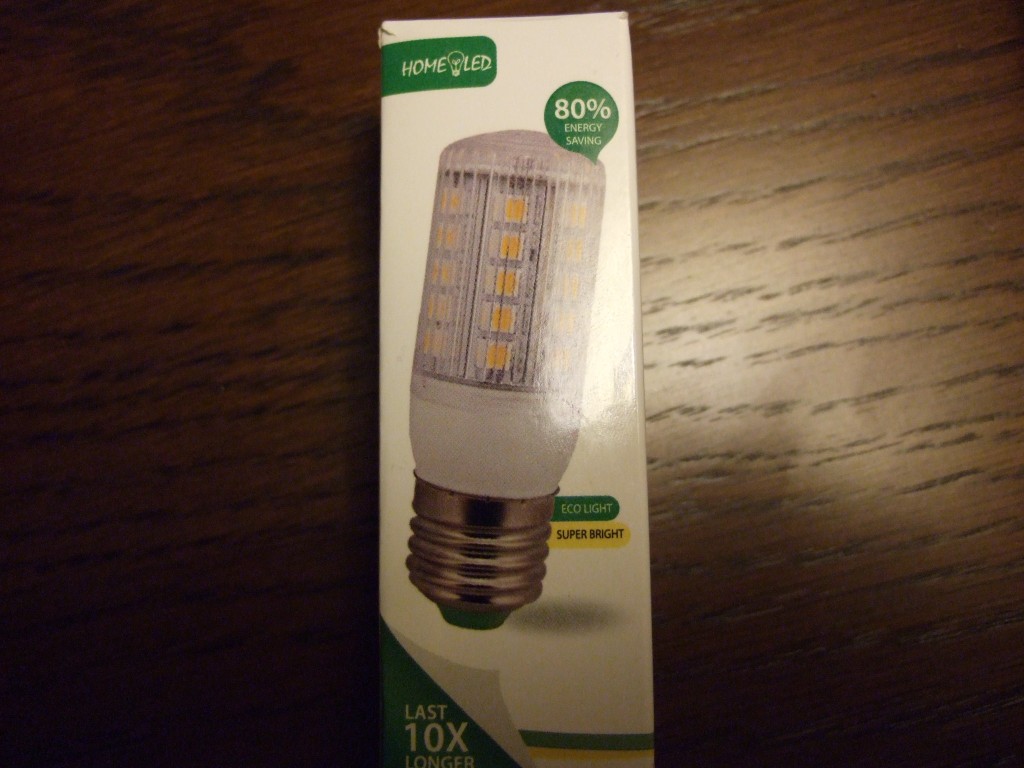
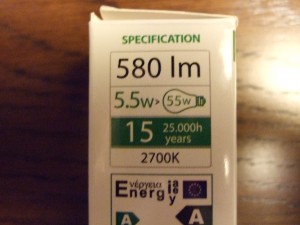
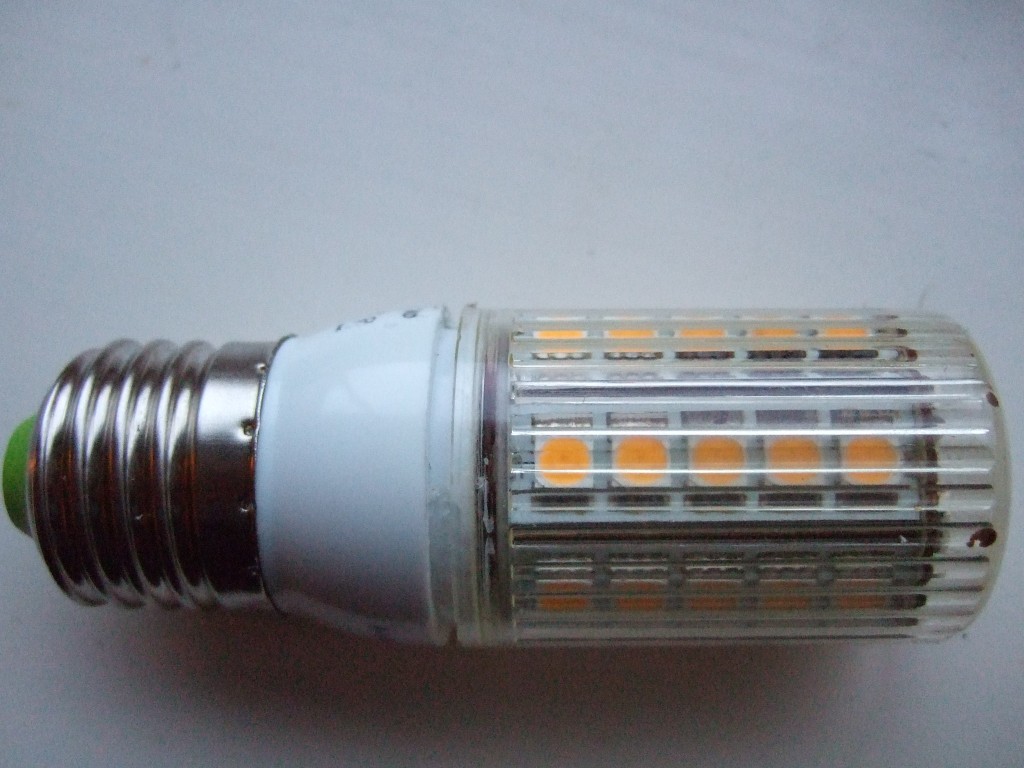
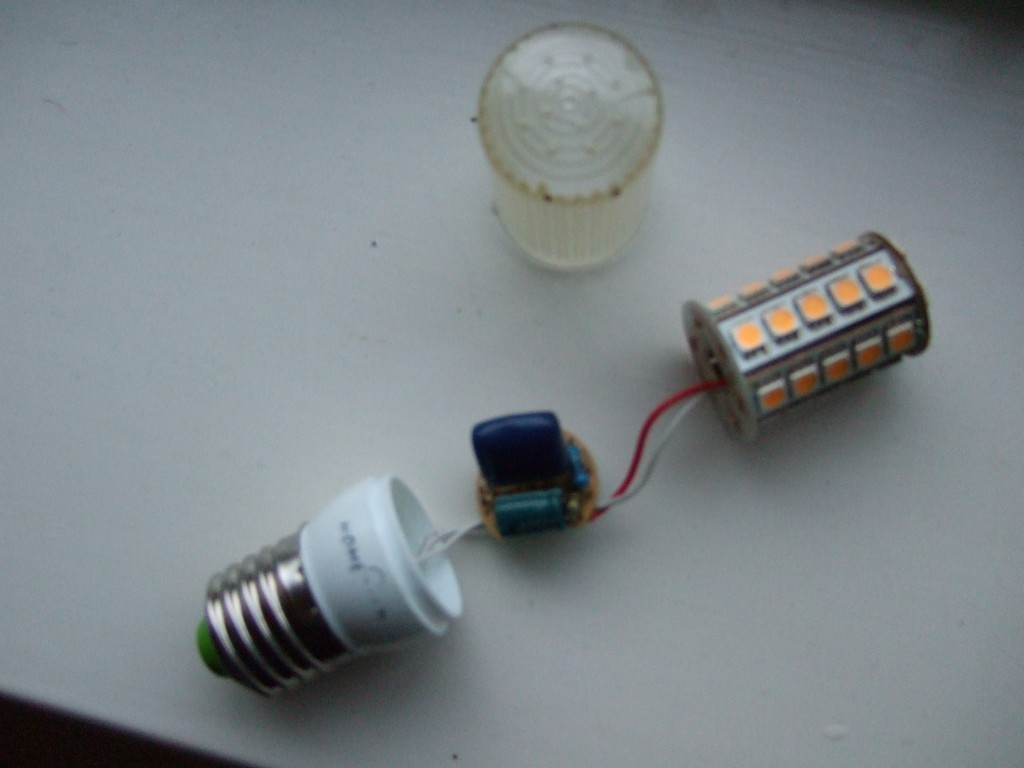
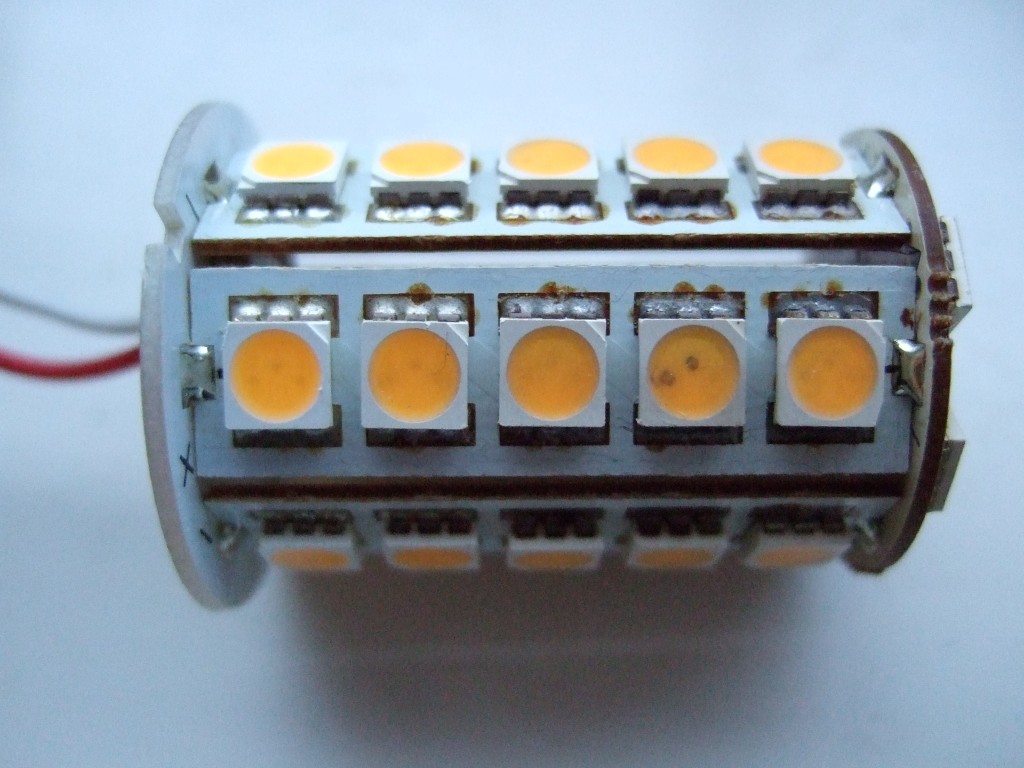
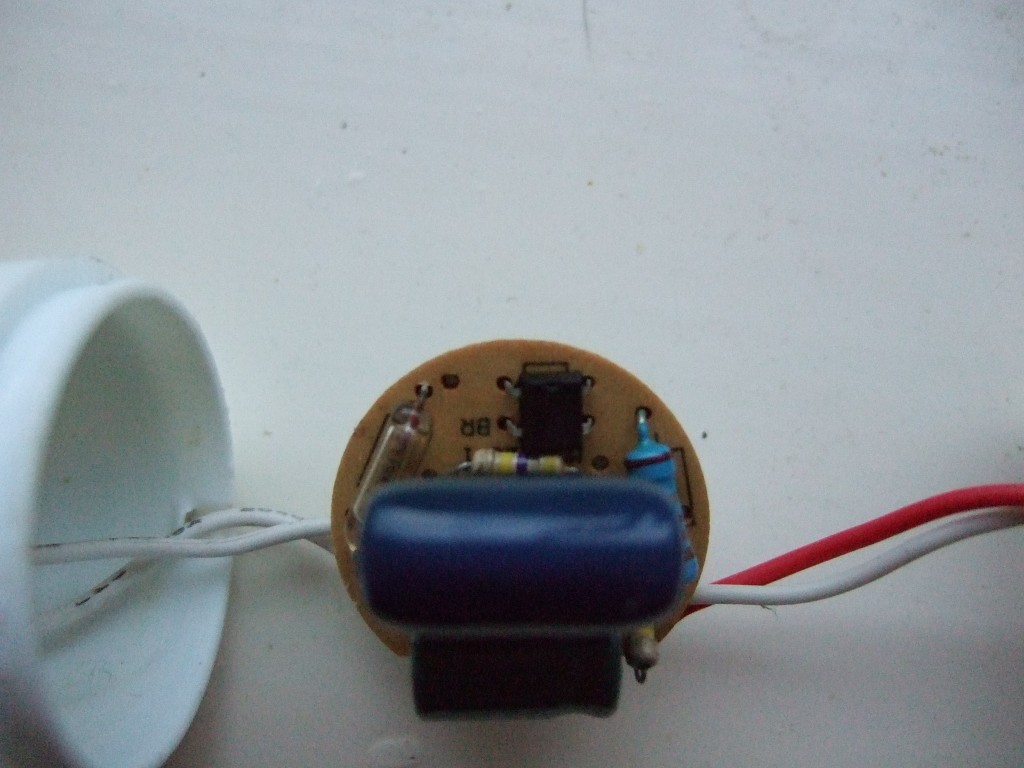
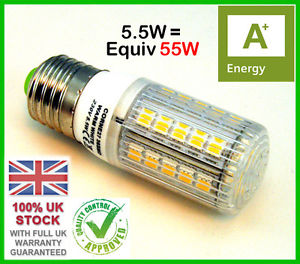
I am totally agree with the coment and I think the problem is the lack of surge protecction, I bought ten lamps and after about 30/40 hours two lamp fail
I noted the date of the this and its associated piece as 2013. Since then a lot has changed. We did an extensive replacement with LEDs in the autumn of 2013. Most either failed or became so slow to light up as to be useless within two years. Move to early 2016 when we had an extensive upgrade to the house electrics and a complete move to LED. All the LEDs were good when we sold the house in September 2018. The house we moved into needed most of the electrics and consumer units replacing so we have taken the opportunity to install LEDs at the same time – with complete confidence.
Not the cheapest, but at 2 for £12 we could choose cool white for work spaces and warm white for living areas.